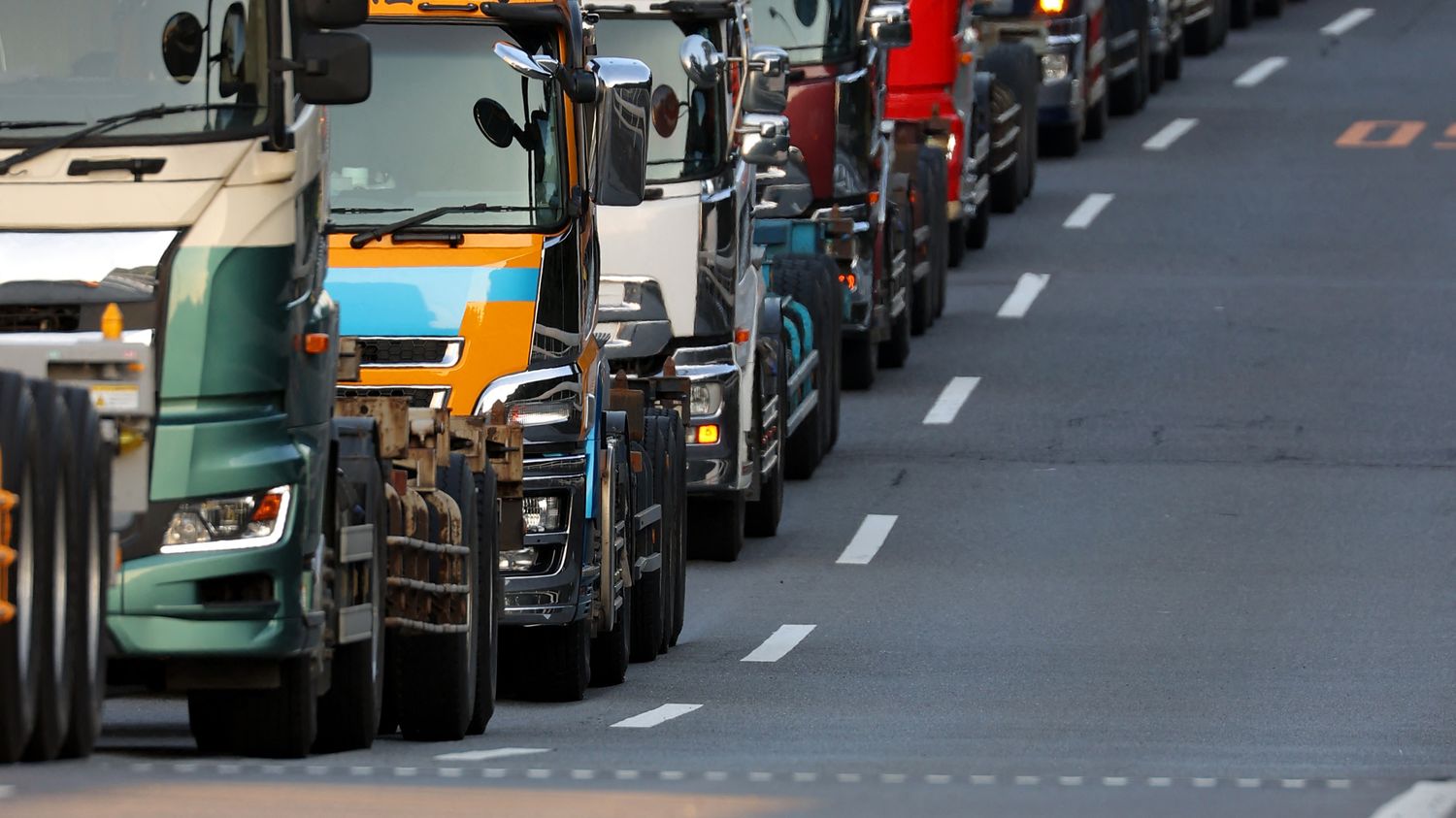The Japanese government plans to create a gigantic network of autonomous shuttles by 2030 to transport goods across the country and thus get rid of trucks, which clog up the roads.

Published
Update
Reading time: 2 min

The project received the approval of the Japanese authorities in early July, a gigantic network of autonomous shuttles should connect Tokyo to Osaka in 2030 and extend over approximately 500 kilometers, it’s gigantic. A project that one would think came straight out of science fiction, with these futuristic cities where everything is peaceful on the surface, without cars, without traffic jams, but with an underground network teeming with fully automated conveyors. This is exactly what the Japanese Ministry of Transport is considering, to automate the transport of goods between its major cities.
The country wants to get rid of the 25,000 trucks that clog its roads every day. It is also looking to decarbonize intercity logistics. Ultimately, all pallets and containers will have to travel in 100% autonomous electric shuttles, either in tunnels or in dedicated lanes along the highway. They will thus be transported from one logistics center to another, 24 hours a day, 7 days a week, without any human interaction.
Initially, this will only concern transport between logistics centres and major cities, not home delivery. Last-mile delivery will still be done in the traditional way, with small, light vans or cargo bikes. The primary objective is to rid the roads of large trucks. Moreover, delivery does not only concern individuals. It will also be necessary to be able to deliver to stores, restaurants and businesses.
It is an ambitious project that will cost a lot of money, between 10 and 25 billion euros. That is why the Japanese are looking to have it financed by private companies: the giants of transport, trade, logistics, those who will be the main users of the network. We can bet that the project will be closely watched around the world. Because if it works, it could give new ideas on how to manage logistics flows between cities.
